THE REAL TOLL OF MOTOR VEHICLE ACCIDENTS ON YOUR BRAIN AND BODY
You walk away from the crash. The car is a little banged up but you feel lucky. No broken bones, no blood, maybe just a stiff neck. First responders tell you to take it easy for a few days. You do. Then the headaches start. Your back feels older than it should. You cannot quite focus the way you used to. You feel more tired than usual and it does not get better with rest. That “minor” accident is starting to feel a lot less minor.
Why Symptoms Can Be Delayed
The forces in a motor vehicle accident do not just damage metal and glass. They are transferred into your body in milliseconds. Even at low speeds, the sudden stop of your vehicle causes your brain, spine, and muscles to absorb a tremendous amount of force. This can stretch and strain tissues, irritate or compress nerves, and trigger inflammation that may not peak until days or even weeks later.
Adrenaline also plays a role. Immediately after a crash your body floods with stress hormones designed to help you survive. This chemical surge can mask pain and make you feel “fine” in the moment, only for symptoms to appear once that response wears off.
The Big Three Post Accident Injuries:
Concussion
You do not have to hit your head to sustain a concussion. The rapid acceleration and deceleration in a crash can cause your brain to shift, twist, and stretch inside the skull. This mechanical stress disrupts the brain’s delicate communication pathways, affecting how you think, feel, and move.
Symptoms can include dizziness, brain fog, headaches, memory problems, light and noise sensitivity, mood changes, and difficulty sleeping. In many cases these symptoms develop gradually rather than immediately after the crash. Imaging tests like CT scans and MRIs often appear normal because they are not designed to detect the microscopic changes involved in concussion.
For a deeper dive into what happens to your brain during a crash and how to recover, see our blog THE SILENT CRASH: UNDERSTANDING POST-ACCIDENT CONCUSSIONS.
spinal injuries
Your spine was not built for the whiplash forces of a collision. Discs can become compressed, bulged, or herniated, pressing on nearby nerves and causing pain, numbness, tingling, or muscle weakness. In some cases the pain radiates down the arms or legs. These injuries may not be obvious at first and often do not show up clearly on initial imaging.
Left untreated, disc injuries can progress, leading to chronic pain and reduced mobility. Non-surgical spinal decompression with advanced systems like the DRX9000 can precisely target and relieve pressure at the damaged disc level, restore space between vertebrae, and promote healing without the risks of surgery.
Learn more about this approach in our blog THE BACK PAIN FIX THAT DOESN’T INVOLVE A SCALPEL.
Soft Tissue Injuries
Muscles, ligaments, and tendons are often overstretched or torn during a collision. Even with seatbelts and airbags, the sudden forces can create microtears that do not show up on imaging. Whiplash is the most well-known example, but soft tissue injuries can occur in the back, shoulders, hips, and other areas.
Over time these injuries can cause stiffness, reduced range of motion, nerve irritation, and myofascial trigger points — tight, irritable bands of muscle that develop as your body tries to protect unstable areas. Therapies such as SoftWave Tissue Regeneration Therapy use acoustic waves to reduce inflammation where it is excessive, stimulate healing where it has stalled, and recruit stem cells to repair damaged tissue.
To explore how SoftWave works and why it is a game-changer for post-accident recovery, check out our blog WHEN REST AND ICE AREN’T ENOUGH: HOW SOFTWAVE JUMPSTARTS HEALING.
Why Waiting It Out Can Backfire
Many people hope that if they give it time the pain will fade. Sometimes it does. But concussions, disc injuries, and soft tissue damage often require targeted treatment to heal fully. The longer these injuries go unaddressed, the greater the risk they will become chronic and more difficult to treat.
Toughing it out can feel practical but it carries real risks. Inflammation often peaks days after a crash. Pain can sensitize the nervous system and make simple movements feel worse over time. Guarded movement creates compensation patterns that stress nearby joints and soft tissues. Delayed care also weakens the paper trail that supports your claim. If you want the full breakdown with timelines, red flags, and what to do in week one versus week four, read our blog THE GAMBLE OF TOUGHING IT OUT VS. EARLY TREATMENT.
Early evaluation also serves another purpose. That being documentation. If you later need to file an insurance claim or work with an attorney, having your injuries recorded by a qualified provider early in the process can make the difference between a denied claim and fair compensation. For more on protecting your rights and avoiding costly mistakes, see our blog LAWYER UP OR LOSE OUT: WHY LEGAL HELP MATTERS AFTER AN ACCIDENT.
Your Next Step
If you have been in a motor vehicle accident, even if it seemed minor, listen to what your body is telling you. Symptoms that seem small today can turn into long-term problems without the right care. The good news is that the right evaluation and treatment can help you get back to your normal life faster and with fewer complications.
Download our free Motor Vehicle Accident Recovery Guide for a complete breakdown of what to watch for and how to recover.
Schedule your free phone consultation – If you’re still dealing with brain injury related symptoms, let’s chat. I’ll listen to your story, assess your situation, and see if either I can help or at the very least point you in the direction of someone who can.
For spine and soft tissue related injuries book your free initial consultation at Colorado Spine and Disc for evaluation and your first treatment.


